Even more than a decade after it originally came out, that gut-wrenching scene of Joel Miller in the opening moments of The Last of Us video game still leaves audiences a sobbing wreck. That alone speaks more about what creators Neil Druckmann and Craig Mazin have managed to pull off than any combination of words at any length could possibly do justice.
The Last of Us is a live-action adaptation that perhaps no one really asked for, but after watching the first episode, it becomes readily apparent that the HBO series is capable of justifying its own existence without relying too much on the game narrative. It is only fitting that the way the producers managed that was to remain as faithful to the source material as possible.
Naughty Dog is a first-party developer for PlayStation whose only job is to deliver one acclaimed exclusive title after another. One of these came in the form of The Last of Us in 2013, a deeply emotional story set in a carefully crafted post-apocalypse that boasts a cinematic and atmospheric experience without deviating too much from what makes it a video game in the first place.
The fact that The Last of Us is already structured like that makes it the bread and butter of Hollywood moguls, who must have lined up after the game came out to bag a hefty profit off its popularity in live-action. Plead and try as they would, though, Naughty Dog wanted an adaptation that would not succumb to the so-called “video game curse” and ruin the game’s reputation.
You see, The Last of Us has never been just an acclaimed video game that you can play for 20-30 hours and then toss aside like most entertainment products out there. It might be that, when all is said and done, but the game is also a testament to how video games can be an art form. Even more importantly, they can tell a story right, perhaps even more potent than any other medium could.
But this isn’t a review of The Last of Us game. This is a review of its television adaptation, which finally aired last night and finally introduced us to live-action versions of Joel Miller and Ellie Williams.
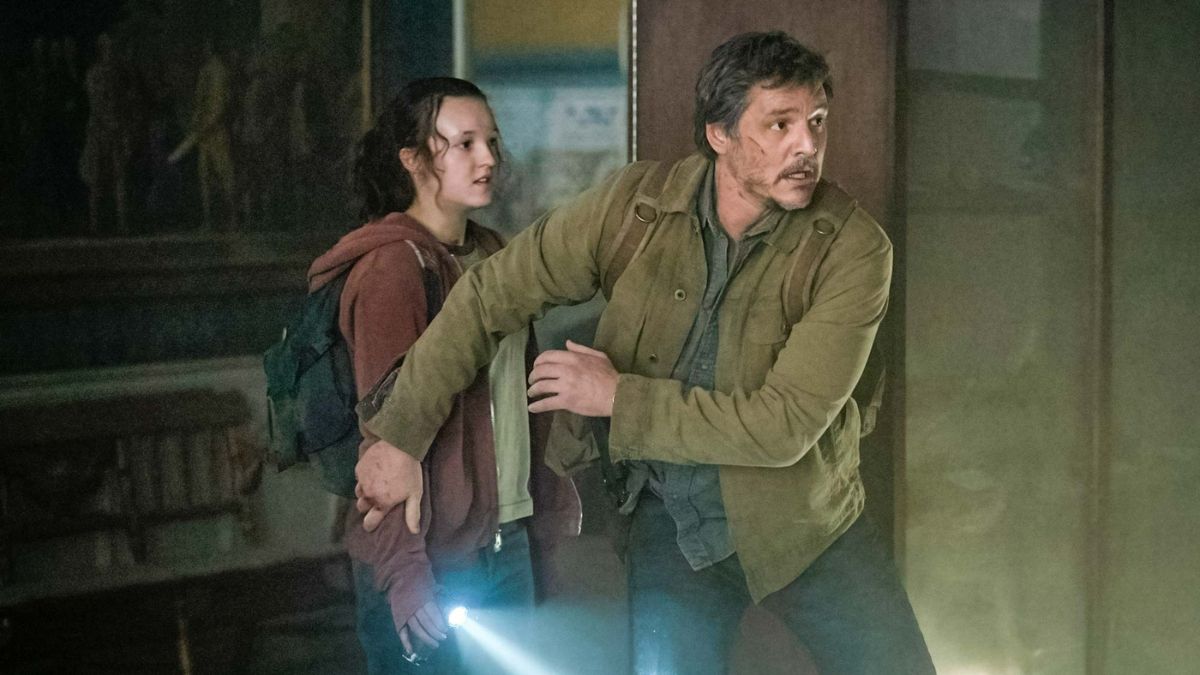
What can be said of The Last of Us premiere episode? Well, for those who’ve played the game, the story follows pretty much the same narrative beats, first dealing with the outbreak of the fungal infection that causes society’s collapse, and then flash-forwarding to a world none of us may immediately recognize.
Even those who haven’t played the game know the premise or have at least glimpsed some parts of it in the trailers, so they know what’s in store in those first couple of minutes. Human civilization is going to break down, billions of people are going to die, and the world is never going to be the same. But when is it going to happen? How is it going to start? This creates a sense of eery anxiety that the show deliberately rides out, creating a first act that could only be described as a masterclass in suspense.
You mostly follow Sarah Miller, Joel’s daughter, as she lives through that fateful day and faces the grim sourness of that doomful night. The second part is all about Joel and his new life in the post-apocalypse, but the pilot also gives Bella Ramsey’s Ellie Williams ample opportunity to play against Pedro Pascal’s Joel.
Both protagonists will have plenty of time in the next couple of weeks to really come out to the fore. For one thing, Ellie is still a complete mystery to the viewers. The only thing they know is that she has somehow developed a keen resistance to the infection and that the liberator group known as the Fireflies want to get her across the country for unspecified reasons. As for Joel, we don’t yet know his motives, but the story clearly depicts him as a broken man who is just living out his days.
So, characterization aside — which the episode does suitably well for an 80-minute pilot that has to burn through almost a dozen story beats — what really stands out is the deft and subtle worldbuilding at play here. The episode starts with a cold open that could give any person living in 2022 shivers, especially considering our regretful and continued run with the COVID-19 pandemic. We then witness the early hours of the devastating fungal epidemic. Even in the onset, the point of view is still fixed on the protagonists and the invisible cameraman’s concern for their safety, but the show still manages to teach you the basics about Cordyceps and how it is transforming the population.
It is here that we travel 20 years into the future, bearing witness to the ruins of civilization and what the remaining handful are going through to survive. The show introduces quarantine zones, FEDRA, Fireflies, and even a whole new system of currency, but it’s all done with the bare minimum of exposition. In fact, we dare say there isn’t a single line in the entire episode that has to do with anything remotely close to info-dumping. That’s not to say we already know everything there is to know about these people and organizations, but the fact that the pilot manages to convey as much as it does without resorting to exposition is a commendable achievement.
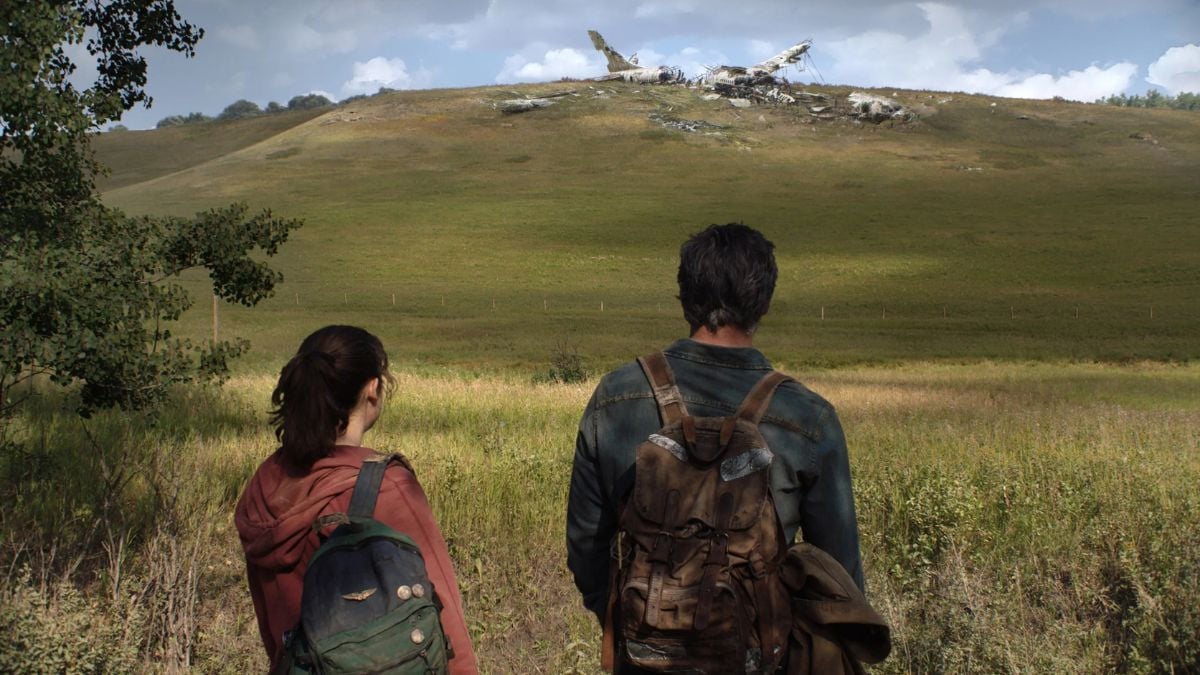
Then there are the direction and production values. The Last of Us has time on its side, in that it comes out in a period where the new streaming business model and the overall audience downpour in television grants it a very sizeable budget compared to what a network like HBO could’ve done with the same story back in 2013.
Craig Mazin himself directed the first episode, making sure that it tailors perfectly to his and Neil Druckmann’s vision for the adaptation. The decoupage is also a laudable mix of catastrophic imagery and Naughty Dog’s own art creation, not only invoking a sense of familiarity for a lot of fans but also reiterating what made this world design from a decade ago as iconic as we remember it today. It’s clear that the producers didn’t want to burn through the whole budget on the first episode, and you can feel them practically doling it out in a few scenes here and there, but nothing too discernibly off-putting or suspension-breaking.
By leaning just enough on the source material but not so much as to lose sight of the mission, which is to deliver a gut-wrenchingly emotional and poignant story, The Last of Us is not just the perfect adaptation; it’s an adaptation that has the potential to transcend even the original game. In fact, if Neil Druckmann and Craig Mazin manage to do half as well throughout, this will have been a worthwhile effort.
*This review was written based on the screener for the first episode provided to WGTC by Warner Bros.



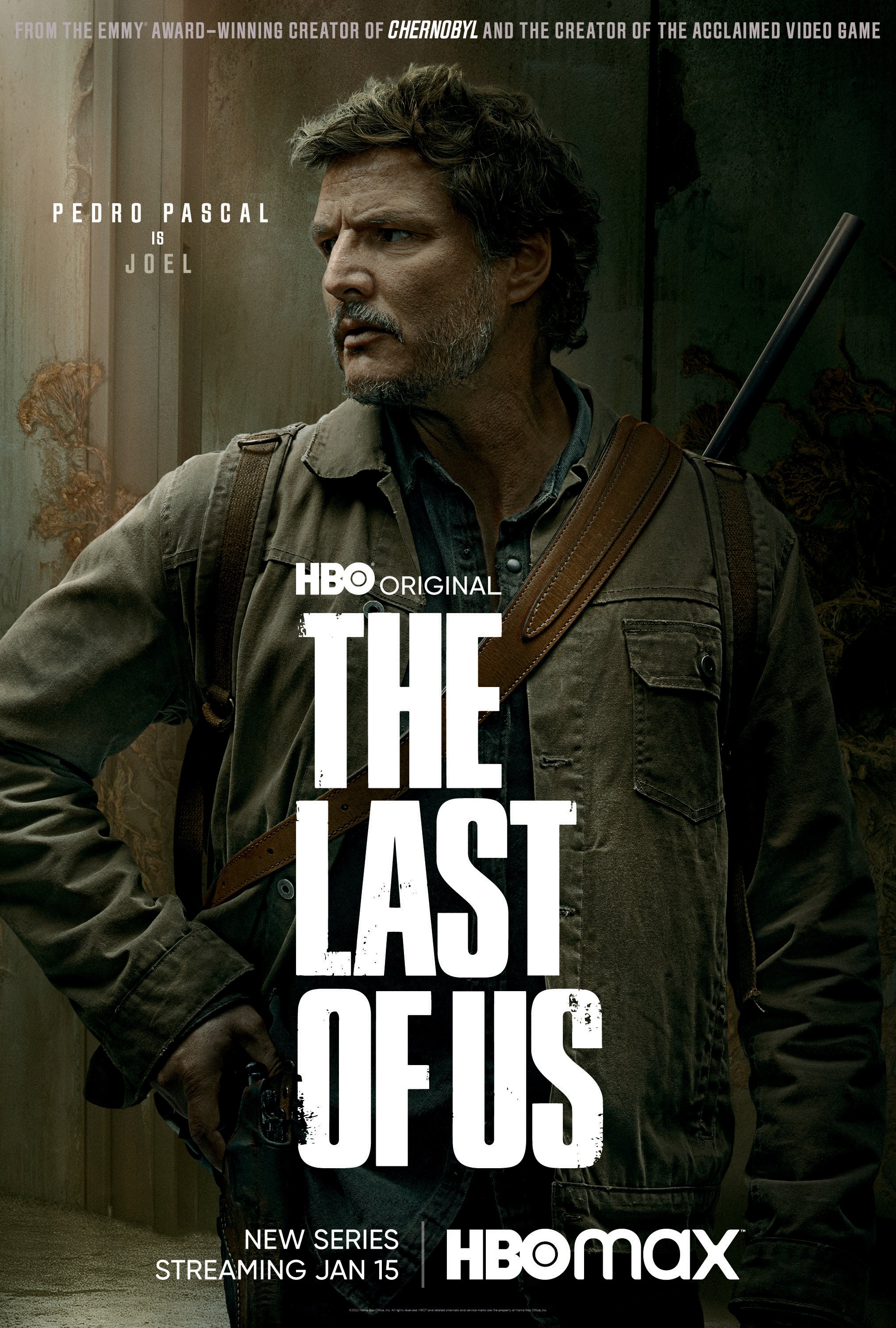
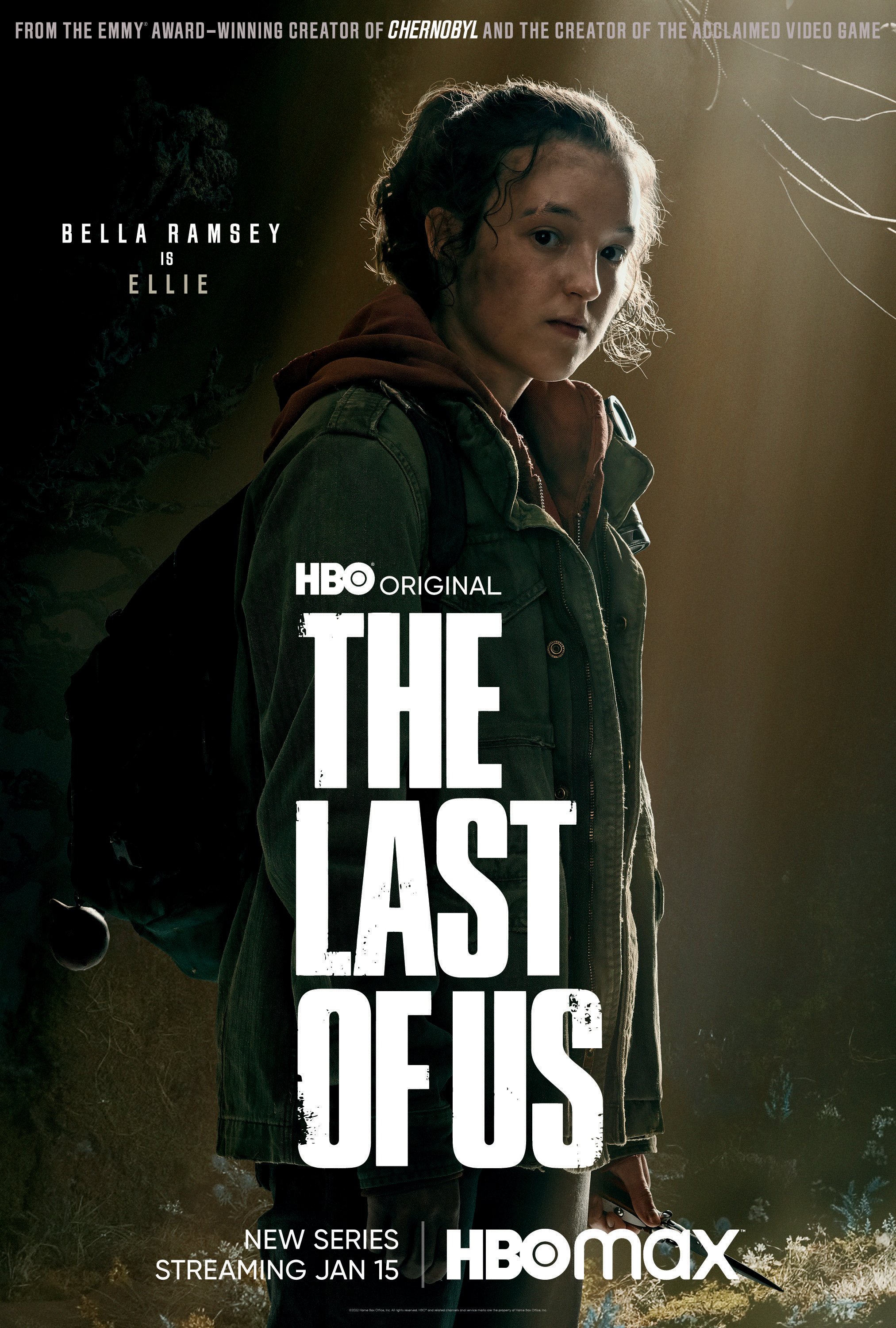

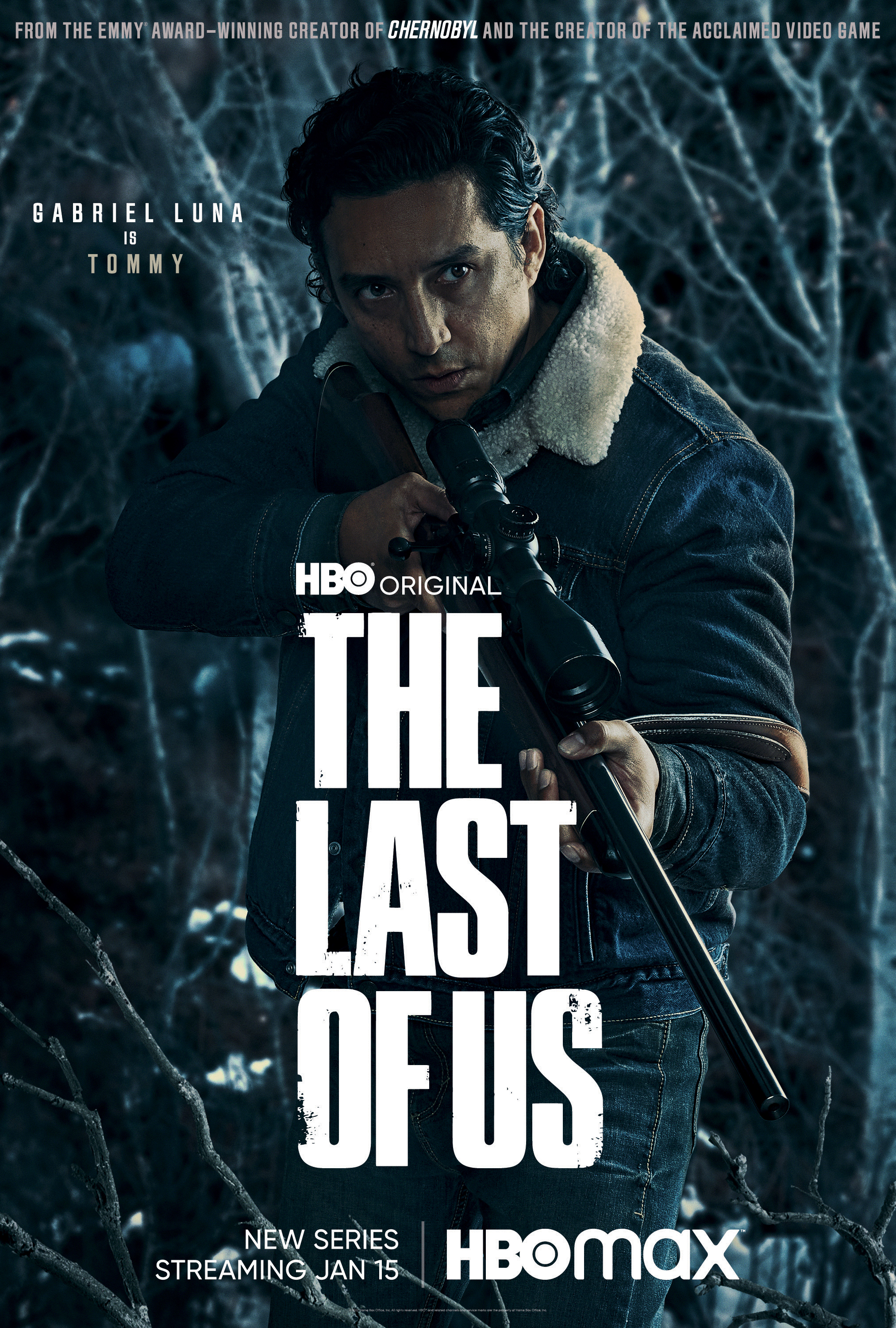
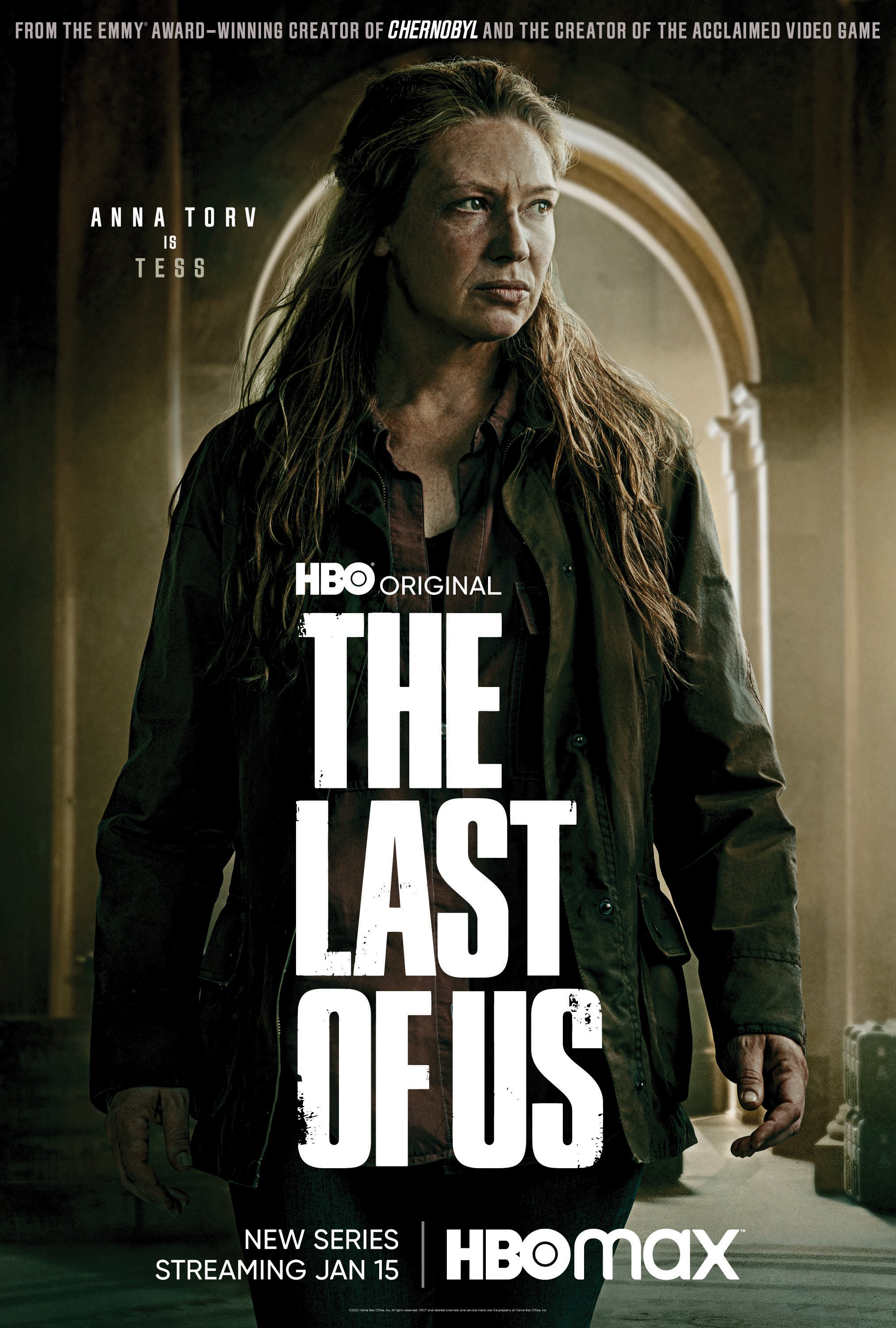

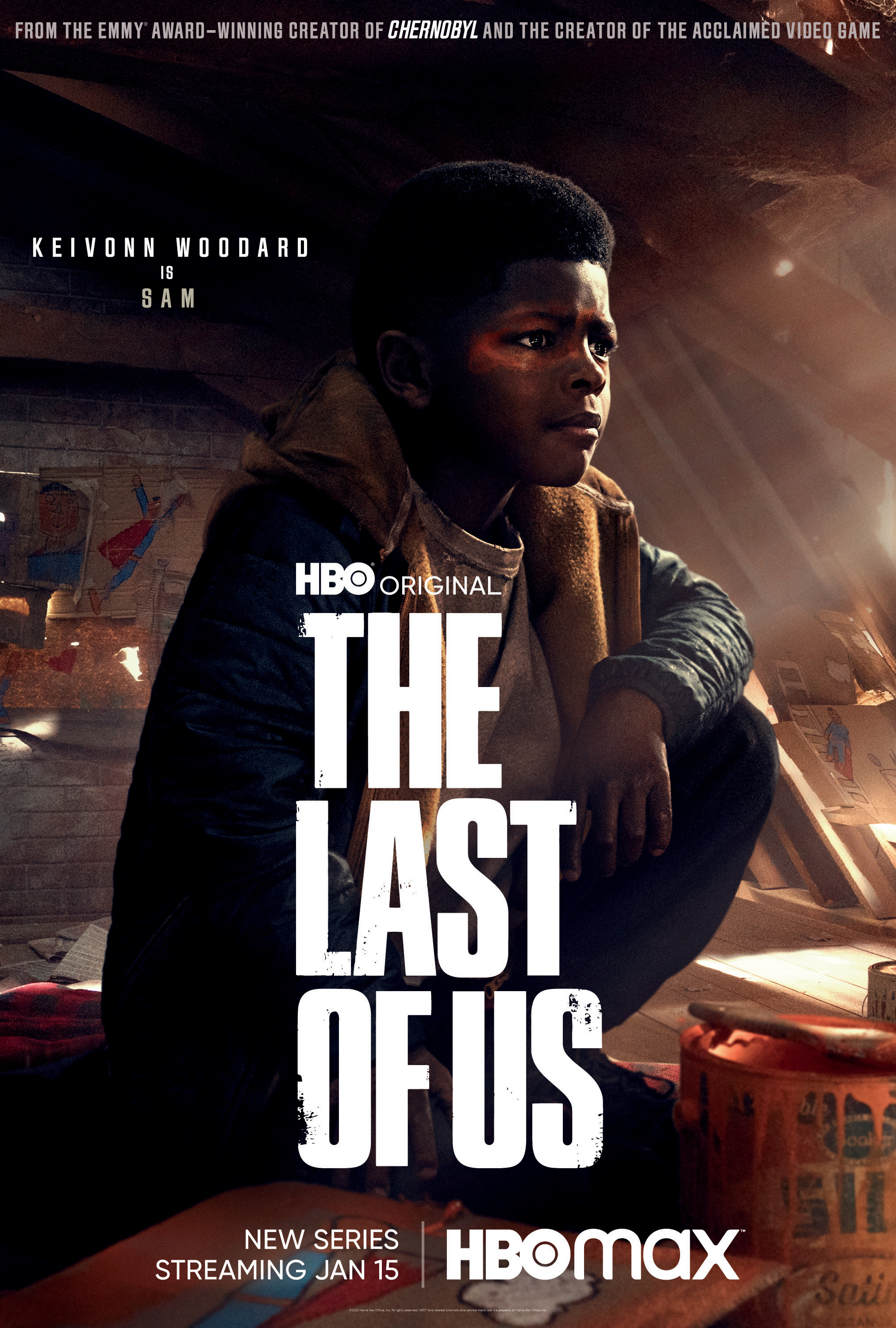
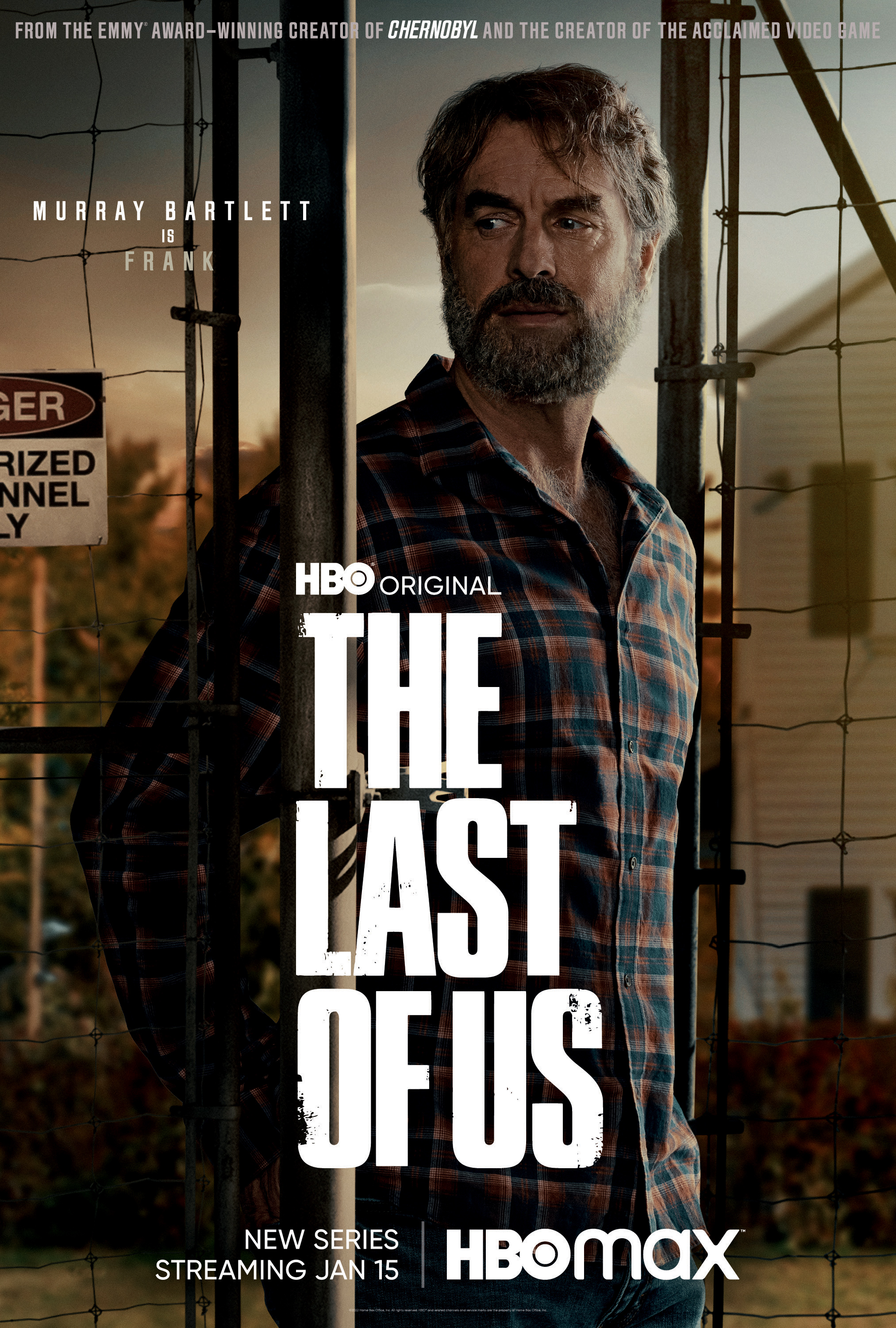
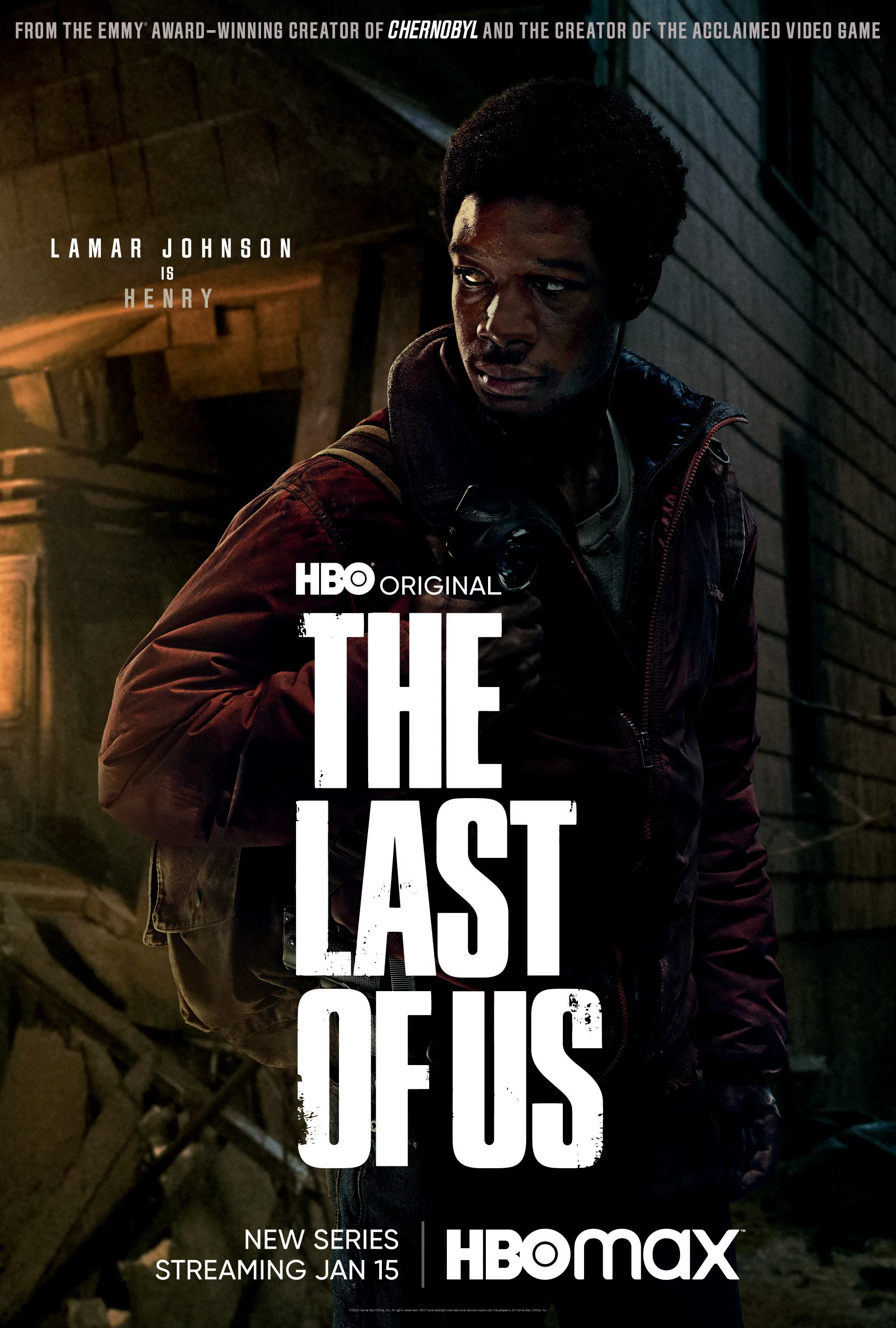
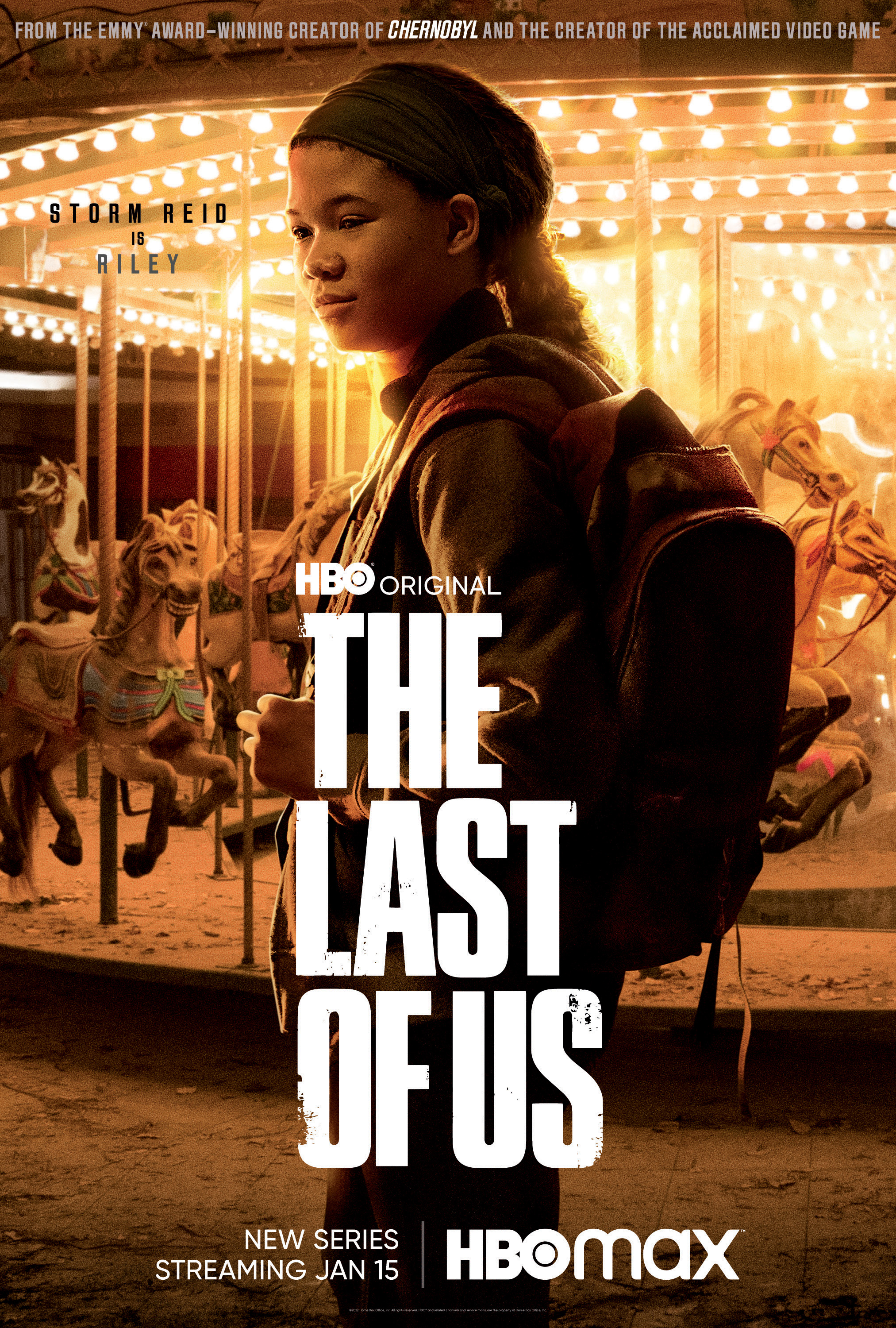
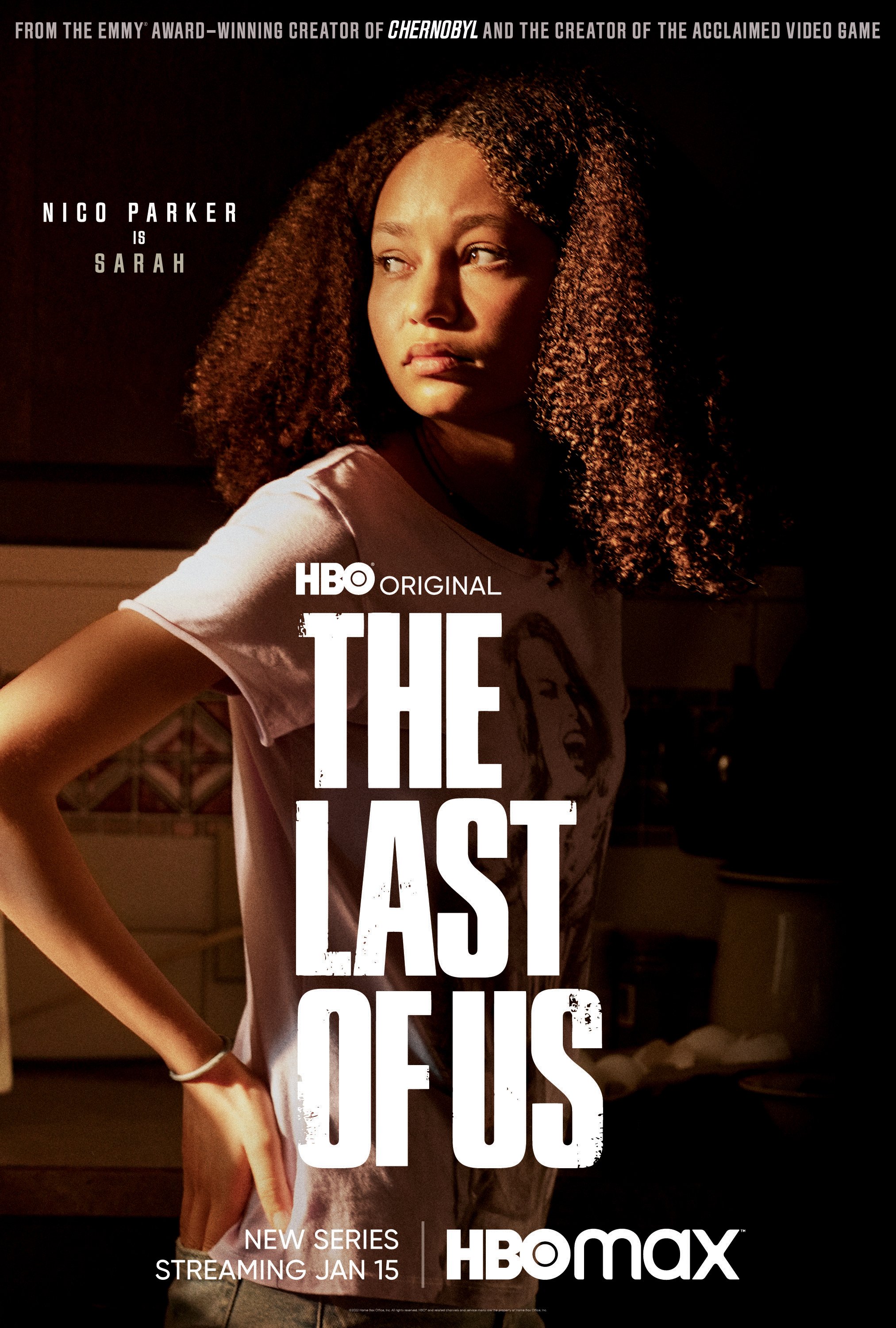
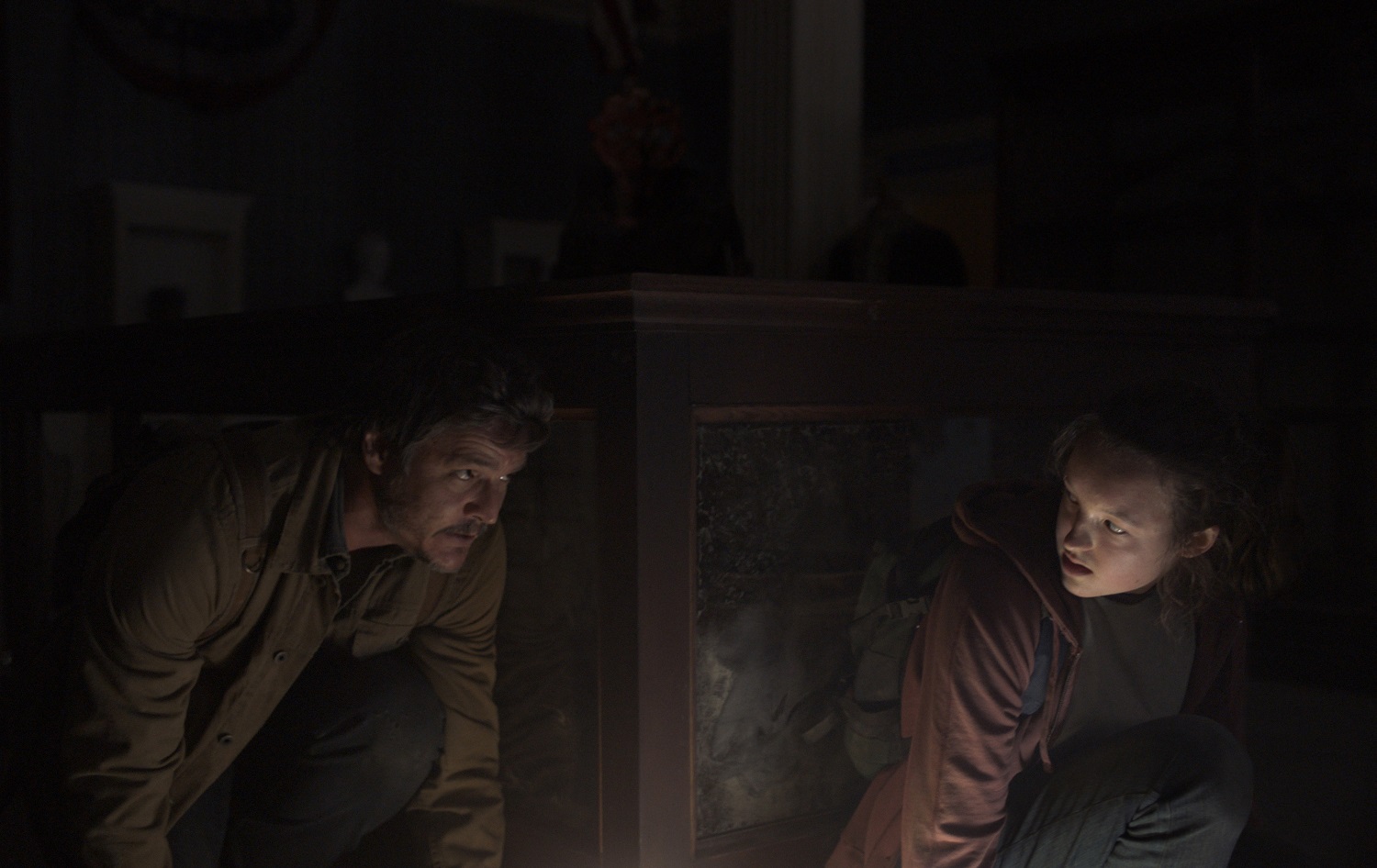
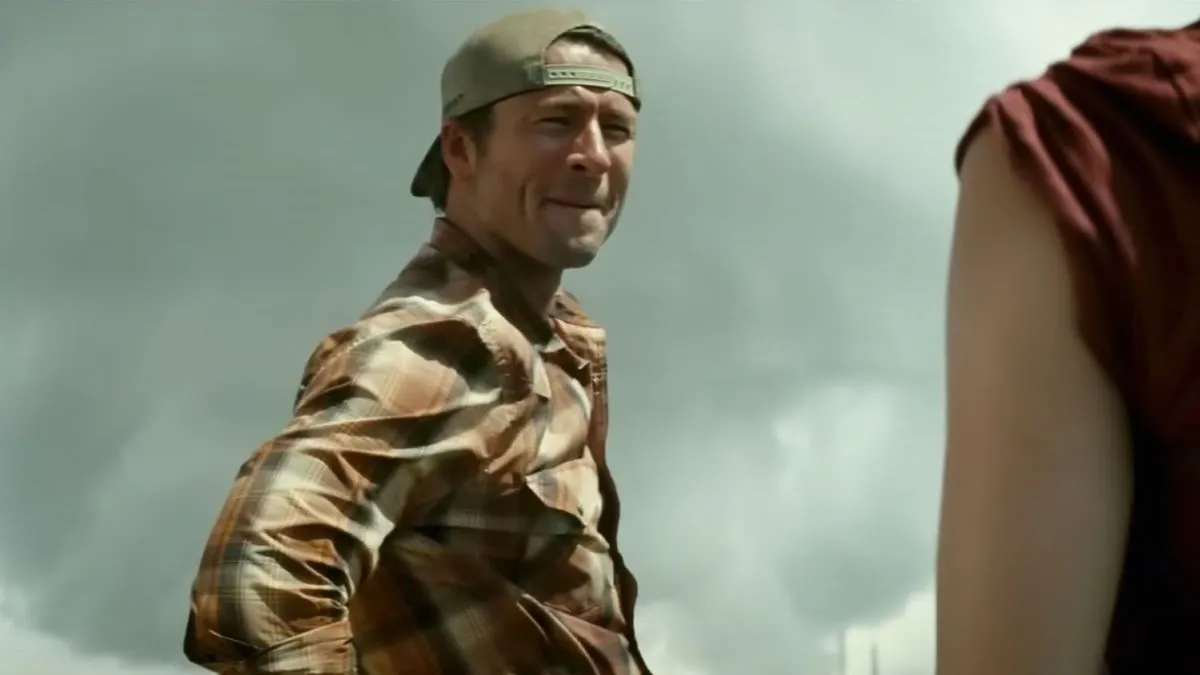
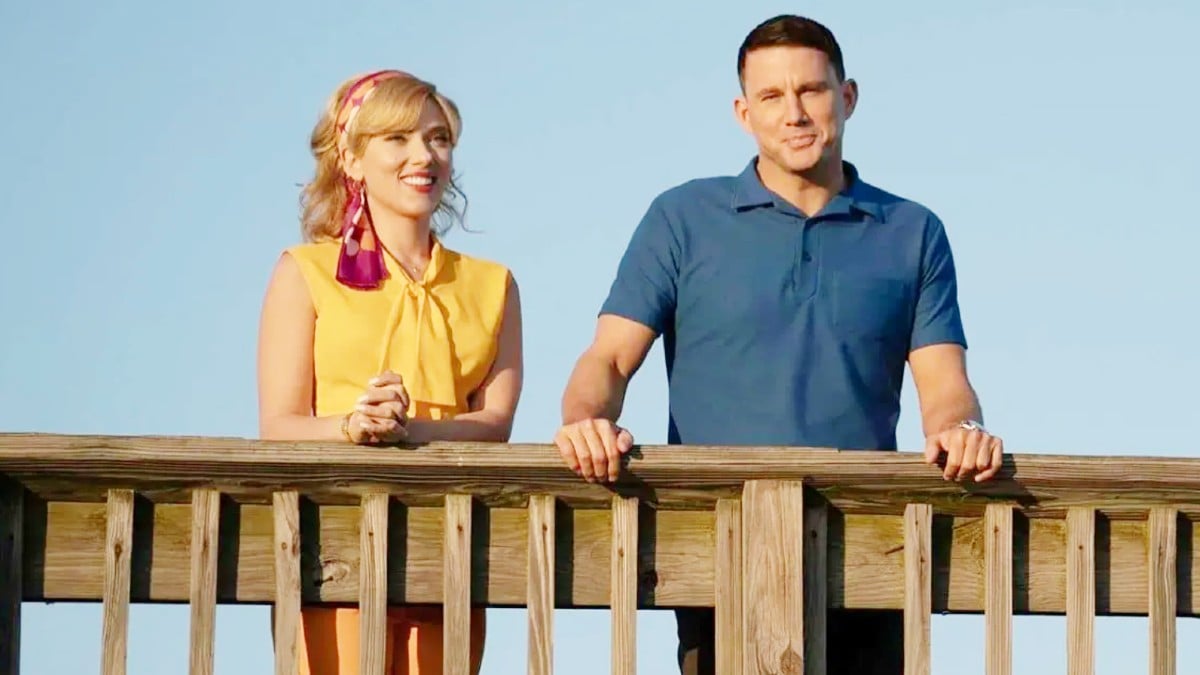
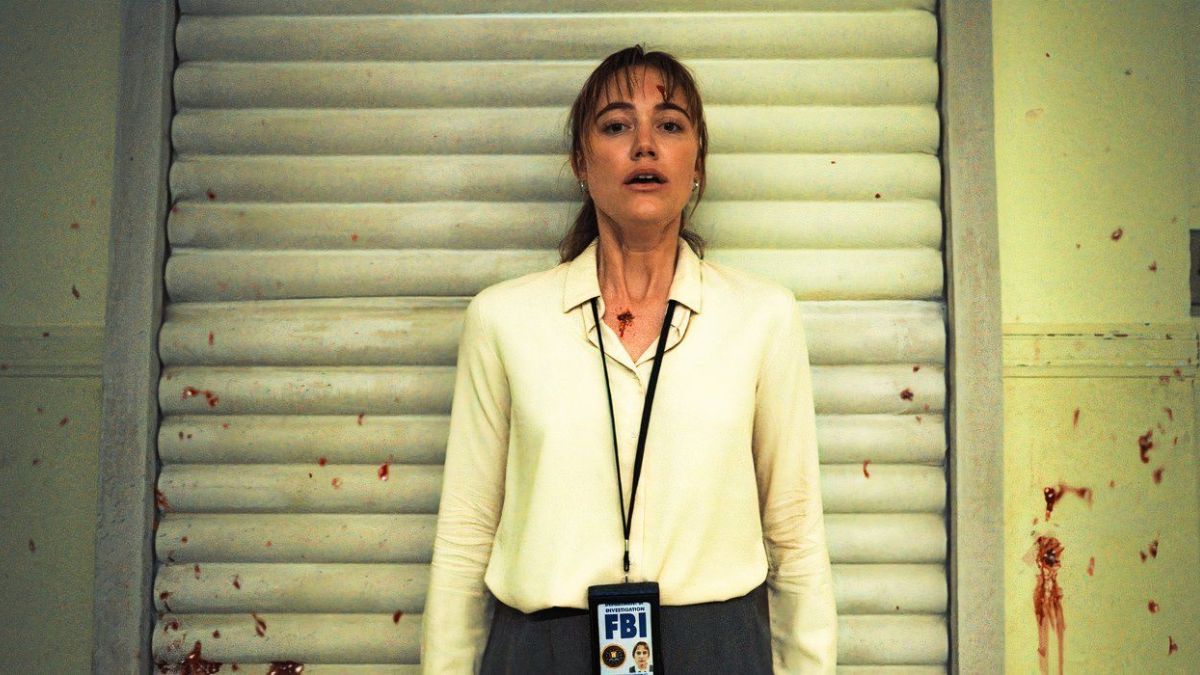
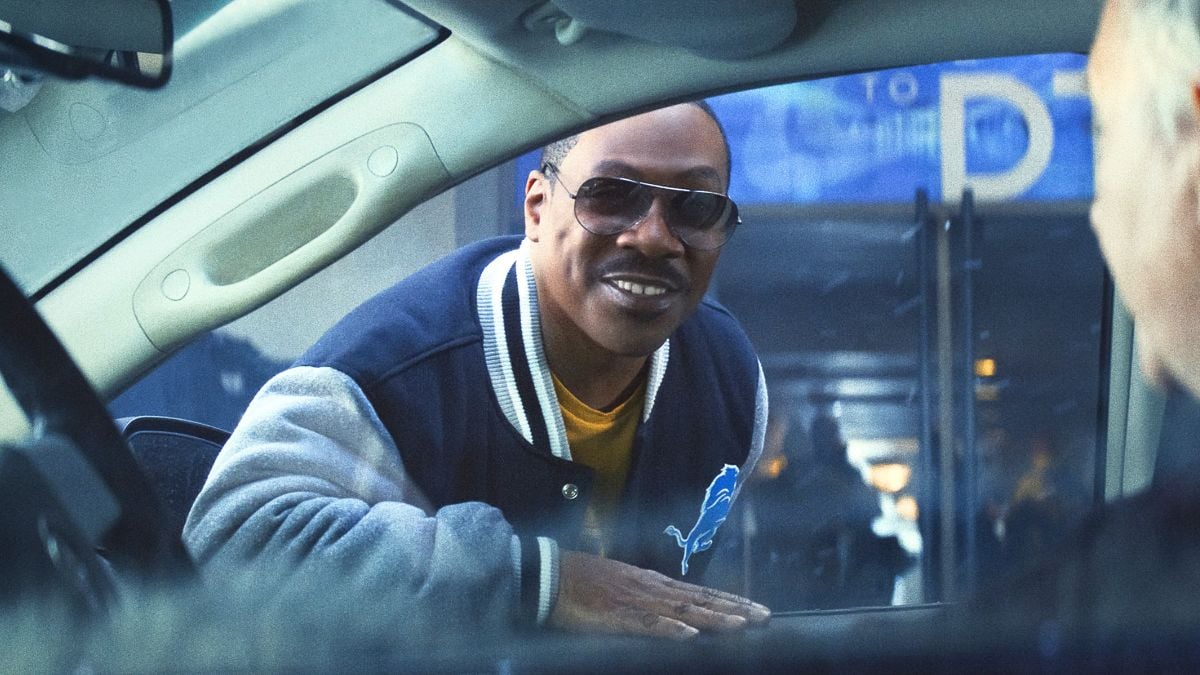
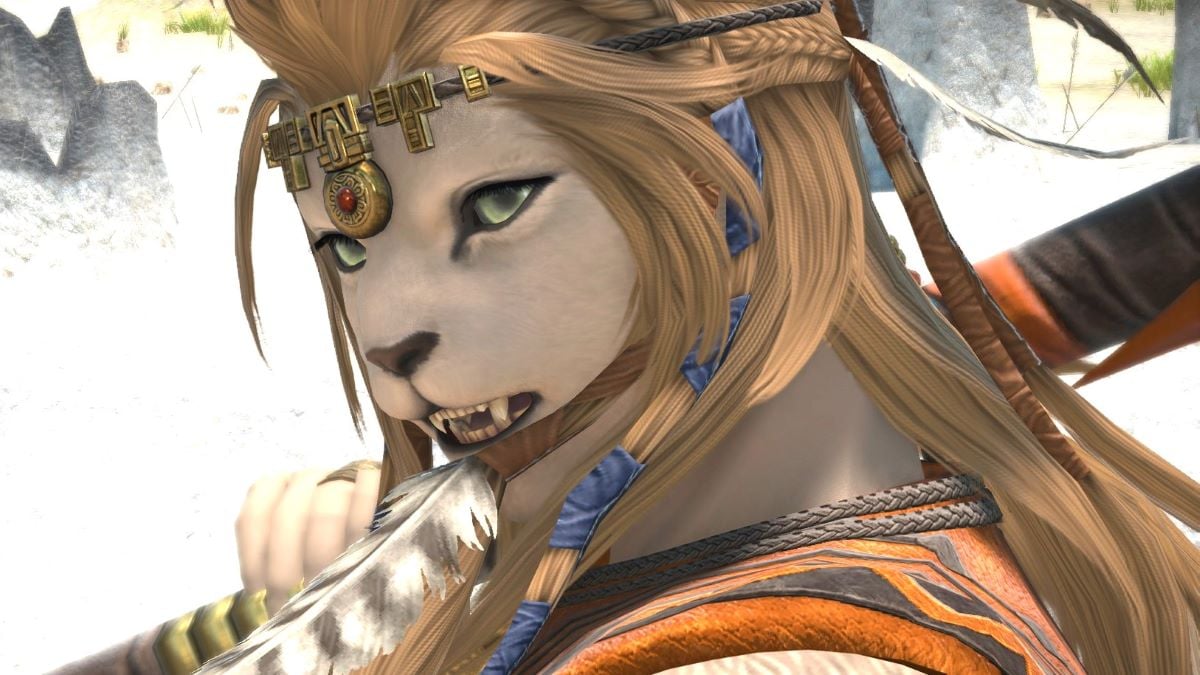
Published: Jan 16, 2023 02:54 pm